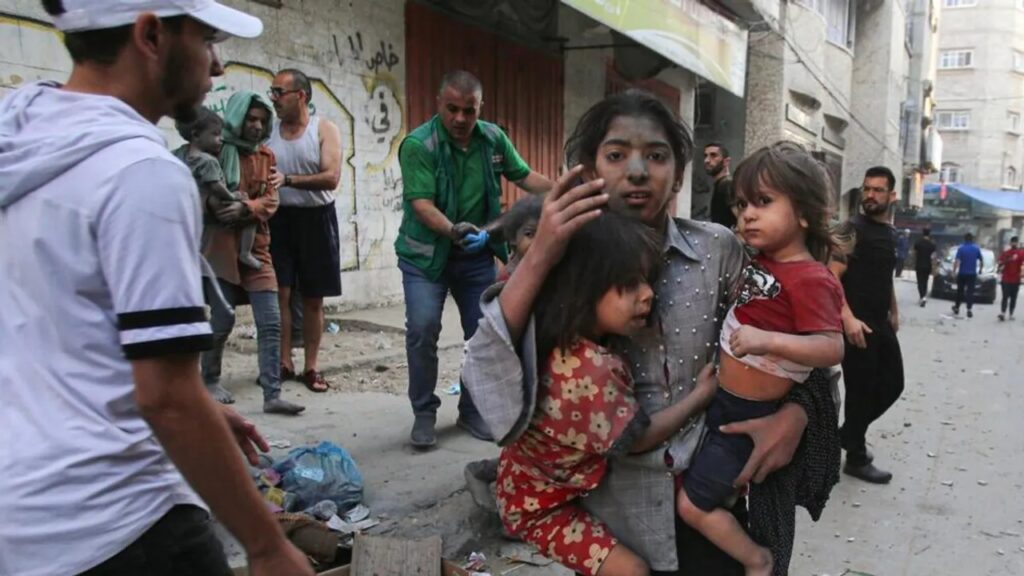Data Reveals 9,000 Women and 12,000 Children Killed in Gaza – Will the World Pay Attention?

As the devastating impact of the war in Gaza approaches its five-month mark, the toll on women’s lives has been unprecedented. According to data from the UN Women and the Health Ministry in Hamas-run Gaza, an estimated 9,000 women and over 12,300 children have fallen victim to the conflict, reportedly killed by Israeli forces since early October. The situation is dire, with headlines revealing the harsh reality faced by women in Gaza: from using period-delaying pills due to lack of privacy and water, to experiencing premature births and miscarriages.
The Israeli Parliament, or Knesset, convened a session in November specifically addressing sexual and gender-based violence during the ongoing conflict with Gaza. UN Women has urgently called for a humanitarian ceasefire and the establishment of unrestricted humanitarian access to provide essential aid. This includes food, water, fuel, and healthcare supplies specifically targeting the needs of women and girls in Gaza.
The impact of the conflict has revealed a cruel inversion in the demographics of casualties. In the 15 years preceding the recent conflict, 67 percent of civilians killed in Gaza and the West Bank were men, while less than 14 percent were women. However, since the onset of the current conflict, women and children have become the predominant victims. This shift underscores the urgent need for a reassessment of humanitarian efforts to address the specific vulnerabilities faced by women in the midst of this crisis.
The situation in Gaza remains dire, with hundreds of thousands of civilians living under unbearable conditions. The UN Women’s report sheds light on the disproportionate impact on women and girls, emphasizing the urgency of providing essential aid and support to this vulnerable population. As the conflict continues, it is crucial to prioritize the well-being and safety of women and girls in Gaza.
Repurposed article originally published in She the People



/shethepeople/media/media_files/vnHjWGdGkvccbn0OREg5.png)




